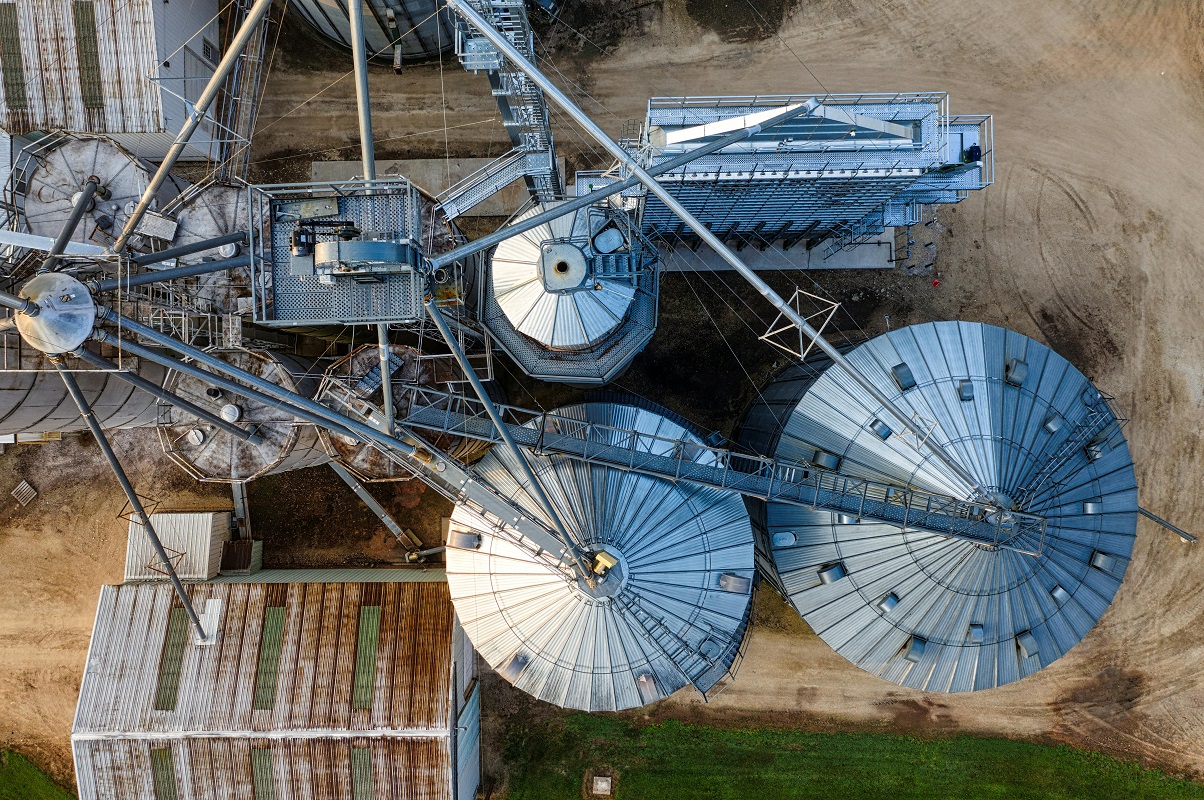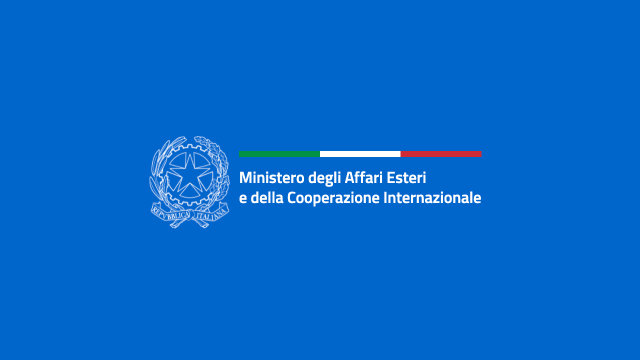Innovation, sustainability and exports will be the factors that will boost the competitiveness of Made in Italy in the world. A recipe as simple as it is effective, which is outlined in a study by SACE with the evocative title: ‘Objective SPARKLING: future-ready Italian SMEs and supply chains’. The study, made in collaboration with The European House – Ambrosetti, highlights the crucial role of Italian SMEs and supply chains in the global context and analyses the ways in which they can strengthen their scope.
One of the key concepts of the study is the importance of the supply chain as a development and production organisation model. Supply chains are a network of companies that collaborate along the entire value chain of a given product, from the supply of raw materials to final distribution. This modus operandi allows for a more coordinated and integrated management of all production stages, thus improving efficiency, innovation and sustainability. The shift from an industrial district model to a production chain model is explained as a natural evolution, necessary to face the challenges of a global and competitive market.
The traditional district model, based on geographical proximity and sector specialisation, is still one of the distinctive and winning traits of the Italian production system and consequently of Made in Italy. Industrial sectors, however, have traditionally been successful in concentrating on single stages of production, a characteristic that today, within an increasingly international context, can be limiting. In contrast, the modern supply chain is characterised by its ability to vertically integrate all stages of the value chain, thus improving product quality and allowing greater penetration into international markets. Access to global markets, through supply chains, enables companies to expand, diversify risks and seize new growth opportunities.
The Italian manufacturing system counts 160 industrial districts, which account for 25% of national manufacturing exports (around EUR 150 billion in 2023). The districts are mainly concentrated in Lombardy, Veneto, Emilia-Romagna, Piedmont and Tuscany, regions that hold leading export positions. Lombardy, for example, accounts for 24.1% of district exports, followed by Veneto (21.8%) and Tuscany (15.6%). The districts’ strength lies in their sectoral specialisation. Just think of agri-food, fashion and mechanics. In terms of supply chain, agri-food is also very important, along with construction and road transport: the three supply chains alone account for 32% of the national value added. Industrial machinery, clothing, energy, healthcare and pharmaceuticals add to the aforementioned sectors for a total of eight “highly systemic and relevant” supply chains that account for 56% of value added, 52% of employment and 67% of exports.
In its study, SACE therefore introduces a concept summarised in the acronym SPARKLING, which lists the qualities required for a company to maintain competitiveness and face future challenges: Smart, Proactive, Agile, Revolutionary, Kinetic, Leader, Innovative, New, Green. It is emphasized that, by adopting this approach, companies can ensure a sustainable transition and maintain their weight in international markets. The SPARKLING strategy promotes the adoption of new technologies and a focus on sustainability, thus pushing companies to be more flexible, innovative and ready for global market changes.








